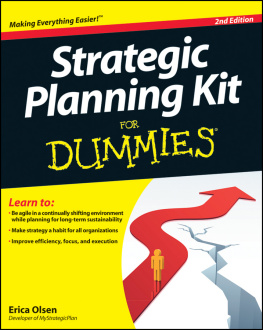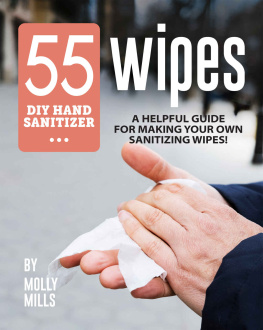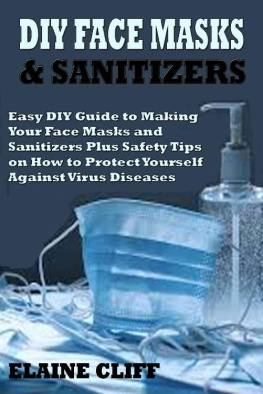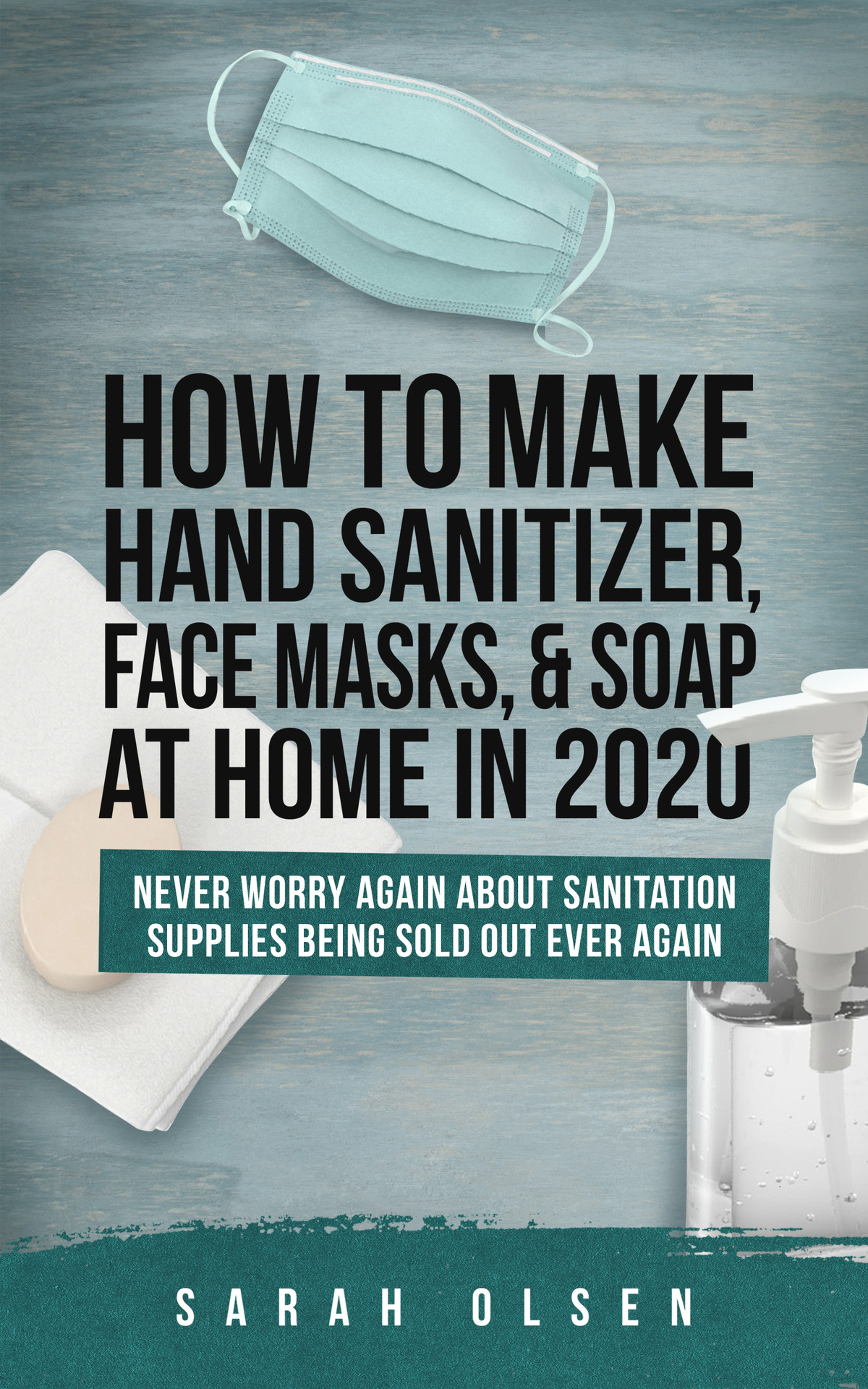How To Make Hand Sanitizer, Face Masks, And Soap At Home For The Corona Virus In 2020 : Never Worry Again About Sanitation Supplies Being Sold Out Ever Again
By: Sarah Olsen
Introduction
Recently, stores across the nation have been experiencing the same problem: they are running out of hand sanitizer and other basic household cleaning products. The novel coronavirus, commonly known as coronavirus or COVID-19 (coronavirus disease 2019), has people stocking up on hand sanitizer, soap, and other household disinfecting products.
If you are facing similar shortages of basic cleaning and sanitation products in your area, here is a helpful guide to making your own hand sanitizer, mask, and hand soap. This book also offers a number of tips and strategies on the best ways to protect yourself from the community spread of COVID-19 in these trying times.
Wash Your Hands
Before you do anything else recommended in this book, please take careful note of this one especially important point: WASH YOUR HANDS!
Proper hand washing is by far the most effective way to combat the spread of the novel coronavirus disease and a number of other common illnesses. Hand sanitizer will suffice in a pinch, but the best way to prevent the spread of disease is still washing your hands with soap and water for 20 to 30 seconds.
So please wash your hands! If you and everyone you know implement proper hand washing procedures, you will have gone a long way toward protecting yourself and others from the spread of this and other illnesses.
Table of Contents
Chapter 1: How to Protect Yourself
How the Novel Coronavirus Spreads
Research has indicated that the novel coronavirus is spread from person to person through respiratory droplets. These are droplets of mucus or saliva which are carried by the air for a distance of up to six feet or more when a person who is infected with the virus sneezes or coughs.
The viral particles borne by these droplets can then be breathed in by those who are nearby (within six feet or so). The respiratory droplets may also land on surfaces which are then touched by people. Or the viral particles may be transferred to another person during a handshake or when someone infected with the virus shares a drink with another person.
Why the Disease Is Spreading So Rapidly
Some of the main reasons for the viruss rapid spread are the following:
Many people who are infected with the virus appear to exhibit no symptoms whatsoever for several days (during which they are contacting people and unknowingly transmitting the virus to others).
Other people infected with the virus believe they have another illness, such as the common cold or influenza. If a person has the novel coronavirus but experiences only a sore throat for a day or two or a runny nose for a brief time, he or she may get over it quickly without ever knowing that it was the novel coronavirus. The person may discount the severity of the illness, going to work or school and contacting people as usual. In fact, an extensive study conducted in China found that approximately 80 percent of novel coronavirus cases exhibited mild symptoms (a lack of significant lung infection).
Also, the virus has a low mortality rate (estimates range from 0.4 percent to 5 percent). In fact, the fact that COVID-19 seems to fly under the radar much of the time (there may be many people who are infected but dont realize it) means that the actual mortality rate may be even lower than that, since there may be many, many unreported cases. But the fact that its mortality rate is so low also allows it to spread more easily, since those who have it may feel fine and walk around, going to work and contacting people as usual in their daily lives.
Basically, the disease appears to be spreading so effectively because people like you and I may not realize that we are infected, and we go about our lives as usual while spreading the virus to others, because we might feel more or less fine.
The sometimes furtive nature of the novel coronavirus and the fact that it is so contagious make taking the proper measures to protect yourself and those around you an issue of the greatest importance.
Steps for Protecting Yourself and Others
The most basic ways to protect yourself are as follows:
Wash Your Hands!
Wash your hands for 30 seconds or longer with soap and water. Do this frequently, especially before eating and drinking, after using the restroom, and before touching any part of your face.
Washing your hands is of paramount importance. If you have access to soap and running water, then please wash your hands. Proper hand washing is more crucial and more effectual at preventing the spread of illness-causing pathogens than any other method found in this book. There is a reason why surgeons wash their hands for at least three to five minutes before performing surgery. It reduces the patients risk of getting an infection from the surgeons hands.
Now, unless you are actually performing surgery, scrubbing your hands for three to five minutes is not necessary. But scrubbing your hands for 20 seconds or more is absolutely necessary!
The Centers for Disease Control and Prevention (CDC) recommends that you wash your hands by scrubbing them for at least 20 seconds with soap and water. If you need help figuring out how long 20 seconds is, the CDC suggests that you sing the Happy Birthday song twice through at a normal speed to ensure that you are washing your hands for a long enough length of time.
Avoid Touching Contaminated Surfaces
Surfaces with which a large number of people come into frequent contactthe door handle of a public restroom or the handrail in a subway train, for instanceare at higher risk for contamination. You dont know who or how many people sneezed or coughed onto that surface before you got there or how many people touched that surface with unwashed, potentially infection-spreading hands.
Avoiding Pathogens in Public Restrooms
So if a restroom offers paper towels, use a paper towel to open the door when you are exiting! Even if you washed your hands thoroughly with soap and water for 20 or more seconds in that restroom, chances are high that several other people who didnt wash their hands so thoroughly (or didnt wash them at all) touched the restroom door handle when they exited. So after washing your hands thoroughly, use a paper towel to exit through the restroom door. And throw away the paper towel immediately afterward; dont use it to wipe your face or anything! The pathogens from the door will be on the surface of the paper towel where it touched the door, so be aware of that. The paper towel belongs in the trash.
Speaking of public restrooms, the ideal situation is an automatic (touch-free) faucet, an automatic soap dispenser, and an automatic paper towel dispenser. However, if not all of these are available, there are still some solutions. If the paper towel dispenser is lever-operated, use it to dispense paper towels for yourself before washing your hands. Just leave the paper towels hanging there so they are ready for you when you finish washing your hands. Also, use a paper towel to turn off the sink faucet.
The above steps for washing your hands in a public restroom without automatic faucets and with lever-operated paper towel dispensers can be summed up as follows:
- Before you start washing your hands, use the lever to dispense paper towels for yourself and leave them hanging there. (If someone else washes their hands faster than you do and takes the paper towels you dispensed for themselves, just be patient, dispense some more paper towels for yourself, and start the hand washing process over again. Better safe than sorry.)











